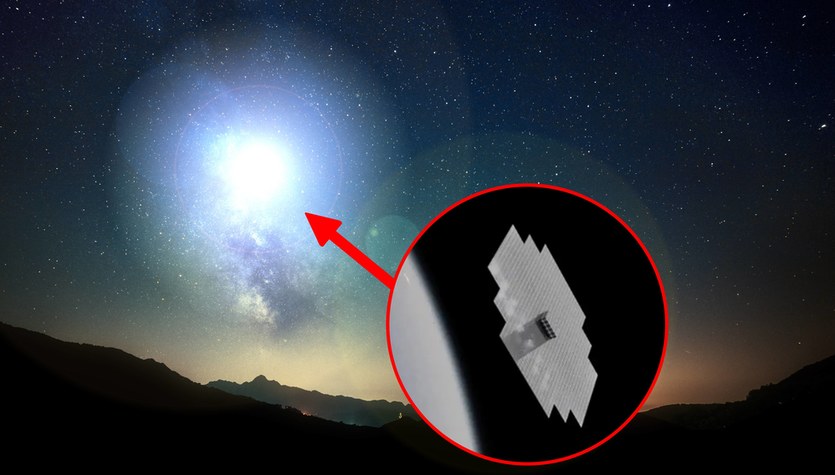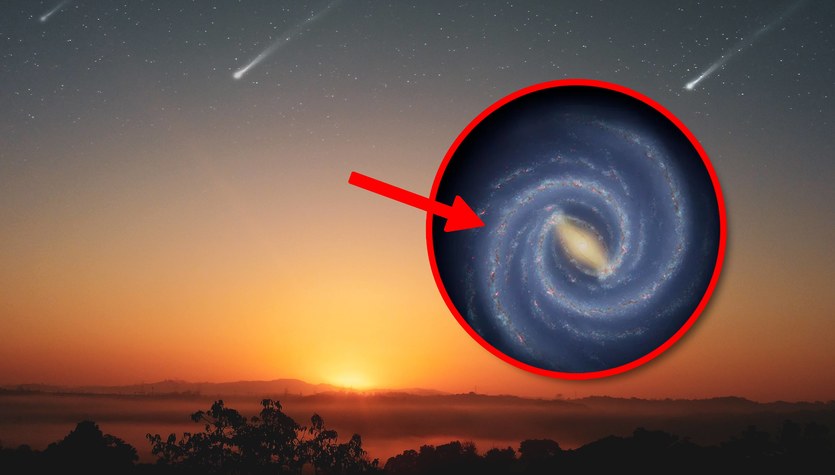The Perseverance rover may have found traces of ancient life on Mars. While exploring a valley that was once a riverbed billions of years ago, the equipment found a rock with interesting traces. On Earth, similar structures have been associated with fossilized microorganisms.
The primary goal of Perseverance’s mission is astrobiological research, the search for traces of extraterrestrial life. The instruments analyze Mars’ geology and climate history, and collect and preserve rocks and debris. One of them may hold the answer to the question, “Was there life on the Red Planet?”
tiger spots
On July 21, a research robot collected a rock sample from the Neretva Valles region on Mars. The rock, called “Chiava Falls,” caught the attention of experts because its surface had distinctive patterns resembling tiger spots — small light spots surrounded by black.
“On Earth, these types of rock features are often associated with preserved fossilized traces of microorganisms,” explained David Flannery, an astrobiologist and member of the Perseverance science team.
Similar spots can appear on Earth if certain chemical reactions occur that change the color of rocks. These reactions can also release iron and phosphate, which form black rings. Such processes can also be a source of energy for microorganisms, which explains the relationship between microorganisms and “spots.”
Rock “Chiava Falls”. On the left – “Leopard Spot”, on the right – PeridotNASA/JPL/Caltech/Space Science and Artificial Intelligence Program
old river
Scientists claim that on the Red Planet, whose climate is now extremely dry, there were rivers and lakes that evaporated billions of years ago. Neretva Valice was not chosen by chance – it was long ago a river bed flowing into a lake, which today is the huge Jezero Crater.
The Chiava Falls rock attracted scientists’ attention with its distinctive arrangement of calcium sulfate veins. The hypothesis is that at first the clay was partly organic, which over time merged to form a porous rock. Water seeped through cracks in the rock, allowing minerals to precipitate, forming the distinctive white veins.
Organic matter and leopard spots weren’t the only aspects of Chiava Falls that puzzled the scientific team. Particles of olivine, a mineral formed from magma, were found in the veins. Under the right conditions, reactions involving molten rock can also produce organic compounds—without the presence of living organisms, the scientists reported.
More research is needed.
So which hypothesis is closer to the truth? To verify whether this discovery is evidence of ancient microorganisms, the collected samples will need to be analyzed by laboratories on Earth. NASA plans to return them on another mission, scheduled for the 2030s.
“We are very excited to have these rocks,” said Briony Horgan of Purdue University in West Lafayette. “This is exactly the kind of sample we were hoping for on Mars, and we can’t wait to get them back to our labs on Earth.”
Main image source: NASA/JPL/Caltech/Space Science and Artificial Intelligence Program

“Prone to fits of apathy. Introvert. Award-winning internet evangelist. Extreme beer expert.”








